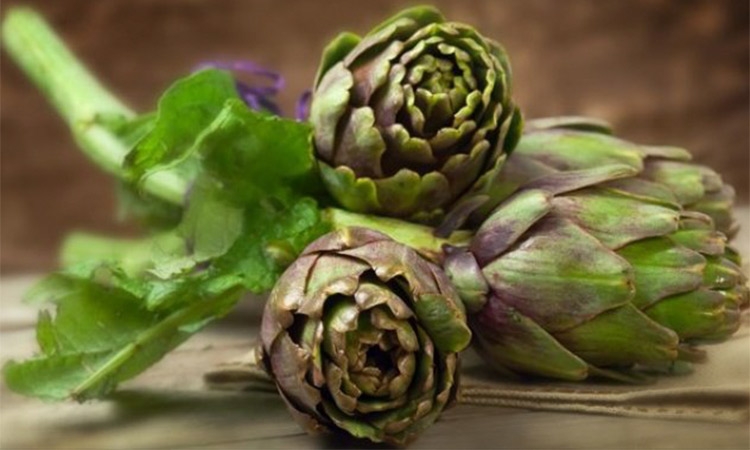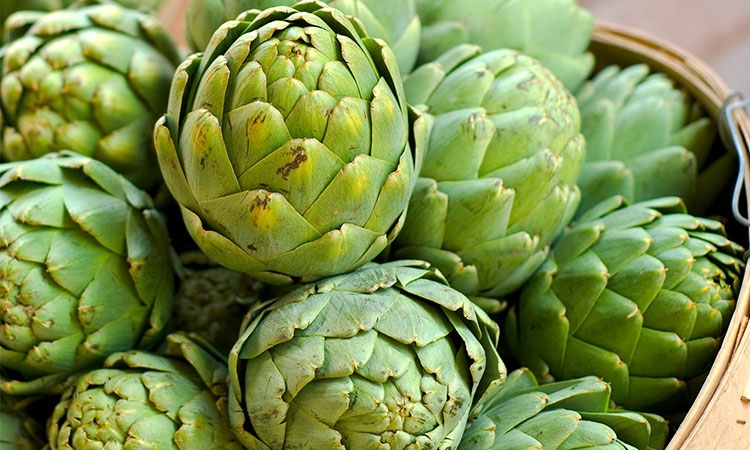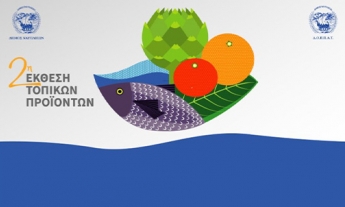Artichokes
Artichoke, this particular thistle-like plant, has been known as an edible plant since the Roman times. Although it does not derive its origin from our region, it has been cultivated in Greece for many hundreds of years, mainly in the Peloponnese and Crete.
The artichoke, although thriving in coastal areas and islands that have a temperate climate, relatively cool and mild winters, not randomly is the main cultivation product of the inhabitants of Iria in Nafplio area.
It is mainly cultivated for its flower heads, which are eaten fresh or cooked. It is cooked in many different ways and kept clean in the freezer as well.
In the established -twenty years now- "Artichoke Festival" in Iria, its nutritional value and medicinal qualities are highlighted and promoted. But what comes as a surprise is the many possibilities of artichoke in the kitchen and the delicious unique dishes that locals suggest with their recipes.
They can be made a salad, raw, boiled or roasted, stuffed with meat or vegetables, cooked oily or for fasting, cooked with meat and minced meat, with seafood, can be made soups, omelets, put into pies or tarts, sauteed, pickles, but also become a sweet or a marmalade! Such unique recipes are, for example, artichokes meatballs, artichokes soufflé, artichokes au gratin, artichokes ala Polita, artichokes with lamb or goat with egg-lemon sauce, artichokes moussaka in the oven or with cuttlefish or octopus stew and so many more!
Did you know that?
Its edible part is rich in vitamins and minerals. Artichoke's ingredients remove cholesterol. It is considered a medicine against atherosclerosis and liver failure, it is cardiotonic, it also has beneficial effect against kidney stone and rheumatism, it contains vitamins A, B, C, calcium and phosphorus.











